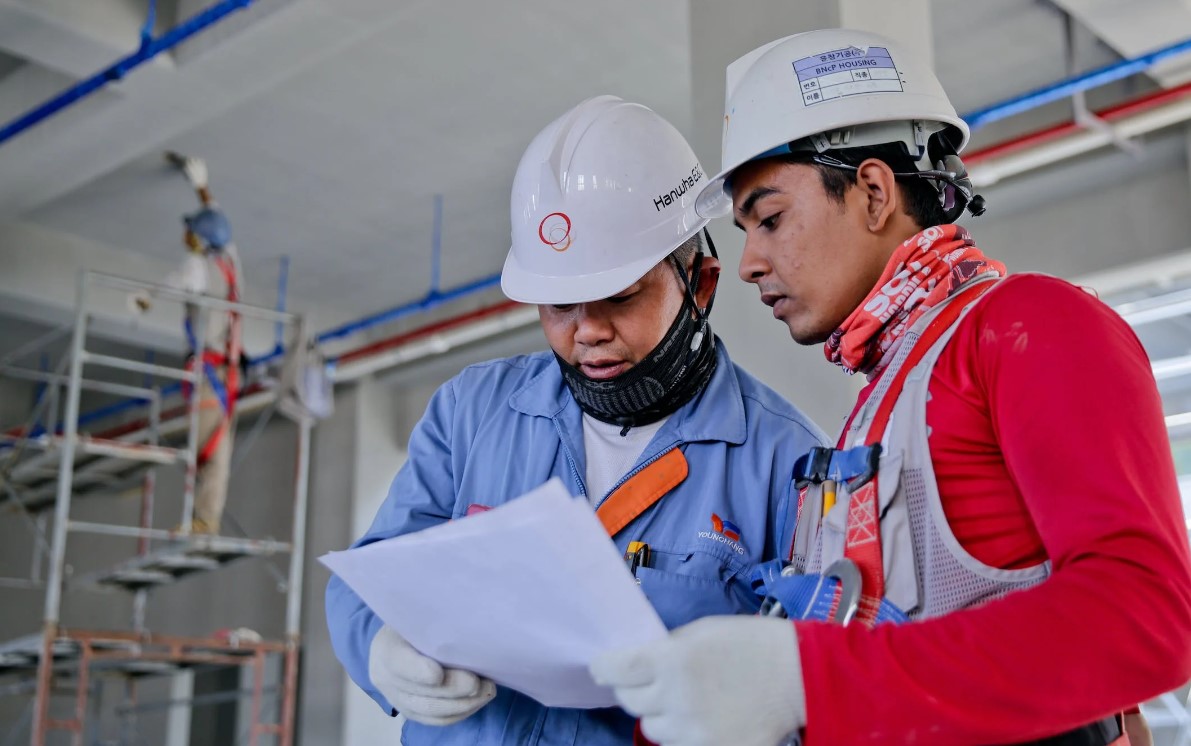Just about everything made with concrete has rebar or wire mesh inside. Rebar adds strength, helping to prevent cracks and increase the total load that the concrete can support.
With mesh rebar, you get more support with less effort. Yet, each project has unique requirements. Here are a few tips to help you select the right type of mesh rebar for your next project.
Review Local Building Codes
Your first step is to check the regulations in your area. Some municipalities have specific standards for reinforcing concrete structures. This isn’t something that you should skip over.
Building codes and standards are created to protect against hazards. They also keep you from making costly mistakes. Following all applicable codes can help make sure that your project is a success.

For example, you may need to use a certain thickness of rebar and maintain the recommended spacing. The layout and design can also vary based on the demands of the project.
In the UK and many other countries, building standards require the use of spacers to support the rebar. The spacers can be made from concrete blocks, steel, or plastic and must sit no more than one metre apart. Overlooking these details could limit the strength of your concrete structure.
Check Load and Stress Requirements
Review the expected loads and stresses that the concrete structure faces. The anticipated load helps you determine the amount of structural support the concrete needs to provide.
Overloading the concrete base may first cause the soil underneath to shift or sink. Eventually, changes to the subgrade make it easier for the concrete to crack and split.
The load capacity of a concrete slab depends on many factors, including the thickness of the material. A 100mm-thick slab should have a load capacity of about 740 kilograms per square metre. Increasing the thickness to 150mm increases the load capacity to about 860 kg/m2.
Consider Special Requirements
When looking for mesh rebar, you need to pay attention to special requirements, such as:
- Environmental conditions
- Weather resistance
- Fire resistance
- Budget constraints
Some of the details to consider include the risk of moisture and temperature fluctuations in the region. Certain areas are also prone to severe weather, which may factor into your selection of mesh rebar.
Fire resistance is not typically a concern for patios and walkways. Yet, concrete floors, walls, and roofs in buildings may need to meet a minimum thickness standard. A thicker slab offers more protection.
Budget issues can impact the thickness of the slab and the rebar or wire mesh used to support it. Even with limited funds, you still need to meet load requirements to decrease the risk of cracks.
Choose the Right Mesh Size and Spacing
Based on the details discussed above, you will need to choose rebar with sizing and spacing that best fits your project.
Fabricators make mesh rebar in a variety of sizes to suit different projects. Each size receives a different designation based on the mesh size and spacing.
For example, A393 mesh rebar features 10mm bars spaced at 200mm intervals. You can find rebar in thicknesses ranging from 6mm to 50mm. The spacing often ranges from 100mm to 250mm.

If you choose too wide of an opening, the concrete may not offer the tensile strength that you hoped to achieve. This increases the risk of damage down the road. An engineer or your supplier can help you make the right pick.
Consult with Structural Engineers
Structural engineers can assist you throughout each stage of development. They work with you during the planning stage, helping with the selection of materials and construction methods. They can also continue to review plans and revise steps as needed during construction.
You may not need a pro to help with a small project, such as a residential patio. Yet, hiring an expert is worth the cost when preparing for a large-scale job. For example, you will likely need engineers when constructing a new concrete building.
Pay Attention to Quality Assurance
Along with the sizes and correct spacing, you need to inspect the quality of the rebar that you receive. Look for any defects. Make sure that it meets your requirements before accepting it. This is an area where it helps to work with the right supplier or manufacturer.
Working with a reputable supplier ensures the quality and consistency of the material. They can also provide useful advice to help you select the right products and guarantee timely deliveries no matter the scale of the project.
If you want to run a successful business in the construction industry, it helps to know which materials to use. A393 rebar is one of hundreds of options when it comes to reinforcing concrete structures. Always review the details of your project to ensure that you provide proper reinforcement.



























